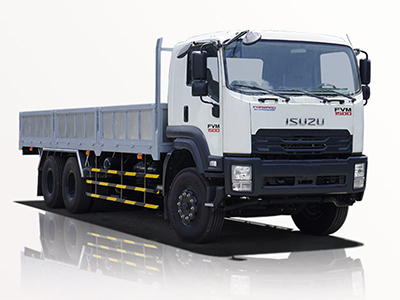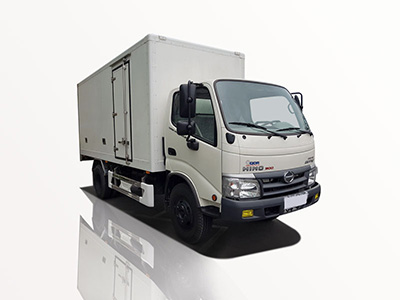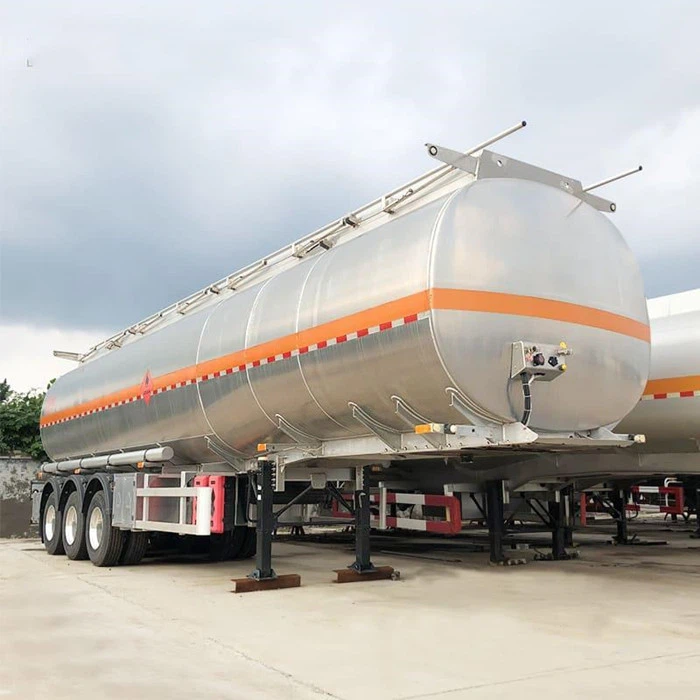Introduction
When embarking on construction projects, especially those involving concrete work, having the right tools can make a world of difference. One essential tool is a cement mixer, which allows you to mix concrete efficiently and consistently. Whether you’re a DIY enthusiast, a contractor, or a homeowner, understanding the different types of cement mixers available, their features, and what to look for when making a purchase is vital. In this article, we’ll explore everything you need to know to purchase a cement mixer that fits your specific needs.
Understanding Cement Mixers
What is a Cement Mixer?
A cement mixer, often referred to as a concrete mixer, is a machine used to combine cement, aggregate (like sand or gravel), and water to create concrete. The mixer blends these components thoroughly to ensure a consistent texture and quality in the final product.
Types of Cement Mixers
There are several types of cement mixers, each suited for different projects and requirements:
1. Drum Mixers
The most common type, these mixers have a rotating drum that mixes the ingredients. They are available in both portable and stationary versions. Drum mixers are ideal for larger batches but can be a bit heavy and difficult to transport.
2. Pan Mixers
These contain a flat, circular pan with a rotating mixing arm that stirs the materials. Pan mixers are great for achieving a homogeneous mixture and are typically used in industrial applications.
3. Continuous Mixers
These mixers allow for continuous mixing and are ideal for large volumes of concrete. They can automatically feed materials into the mixer without stopping, which makes them efficient for large construction projects.
Factors to Consider When Purchasing a Cement Mixer
1. Project Size
The first consideration is the size of the concrete projects you plan to undertake. For small DIY projects, a portable mixer with a smaller capacity will suffice, while larger construction projects may require a heavier-duty mixer.
| Project Size | Recommended Mixer | Capacity |
|---|---|---|
| Small DIY Projects | Portable Drum Mixer | 2-4 cubic feet |
| Medium-Sized Jobs | Electric Drum Mixer | 6-8 cubic feet |
| Large Construction Projects | Stationary Drum or Continuous Mixer | 10+ cubic feet |
2. Mixer Type
Choose the type of cement mixer based on your specific needs. Those involved in smaller jobs might prefer a compact drum mixer, while larger enterprises may benefit from continuous mixers due to their efficiency.
3. Power Source
Cement mixers can be powered by electricity, gas, or diesel. Electric mixers are typically quieter and easier to maintain, while gas or diesel mixers are more versatile for outdoor use.
4. Weight and Portability
If you need to move the mixer frequently, opting for a portable model with wheels is advisable. On the other hand, stationary mixers often have more powerful engines and larger capacities.
5. Build Quality and Durability
Look for high-quality materials, such as reinforced steel. Investing in a durable mixer can save you money in the long run by reducing wear and tear.
6. Price Range
Determine your budget before shopping around. While it can be tempting to go for the cheapest option, investing a bit more can provide better features and durability.
Where to Purchase a Cement Mixer
1. Home Improvement Stores
Stores like Home Depot and Lowe’s offer a variety of cement mixers and provide the opportunity to see the models in person. You can also receive advice from staff about which model might best suit your needs.
2. Online Retailers
Websites such as Amazon, eBay, and specialized construction equipment suppliers allow you to compare multiple models and read customer reviews, ensuring you make an informed decision.
3. Equipment Rental Companies
If you only need a mixer for a short duration, consider renting from a local equipment rental company. This option is cost-effective for one-off projects and allows you to use high-end models without the upfront cost.
Practical Tips for Using a Cement Mixer
1. Preparation
Before mixing, measure the materials you’ll need for your project. Have everything ready, so you can mix efficiently without interruptions.
2. Order of Adding Ingredients
When mixing, add water first, followed by dry ingredients like sand, gravel, and cement. This method helps achieve a consistent mix.
3. Mixing Time
Generally, you should mix for about 3-5 minutes. Longer mixing times can lead to overmixing, causing changes in the final product’s strength.
4. Cleaning Your Mixer
Keep your mixer in good condition by cleaning it after each use. Remove any residual concrete to prevent buildup and rust.
Common Mistakes When Using a Cement Mixer
1. Overloading the Mixer
Each mixer has a maximum capacity. Exceeding this can cause uneven mixtures and damage the equipment.
2. Ignoring Safety Precautions
Always wear protective gear, such as gloves and goggles, when operating the mixer. Concrete dust can be harmful to your health.
3. Skipping Maintenance
Regular checks and maintenance of your cement mixer can prolong its lifespan. Lubricate moving parts and inspect for any wear and tear before use.
FAQs
1. How much does a cement mixer cost?
The price of a cement mixer can range from $300 for smaller portable models to over $5,000 for large, industrial-grade mixers.
2. Can I mix concrete without a mixer?
Yes, you can manually mix concrete with a shovel and a wheelbarrow, but this method is labor-intensive and may not achieve the same quality as a mixer.
3. How do I maintain my cement mixer?
Keep your mixer clean after each use, check for any parts that may need lubrication, and periodically inspect for wear and tear.
4. Can I rent a cement mixer?
Yes, many local equipment rental companies offer cement mixers for rent, which can be a cost-effective solution for short-term projects.
5. What is the best size mixer for a DIY project?
For most DIY projects, a mixer with a capacity of 2-4 cubic feet is adequate, allowing for easy handling and sufficient mixing capacity.
6. Is it necessary to mix the concrete thoroughly?
Yes, thorough mixing ensures the ingredients are evenly distributed, resulting in a stronger and more durable final product.






